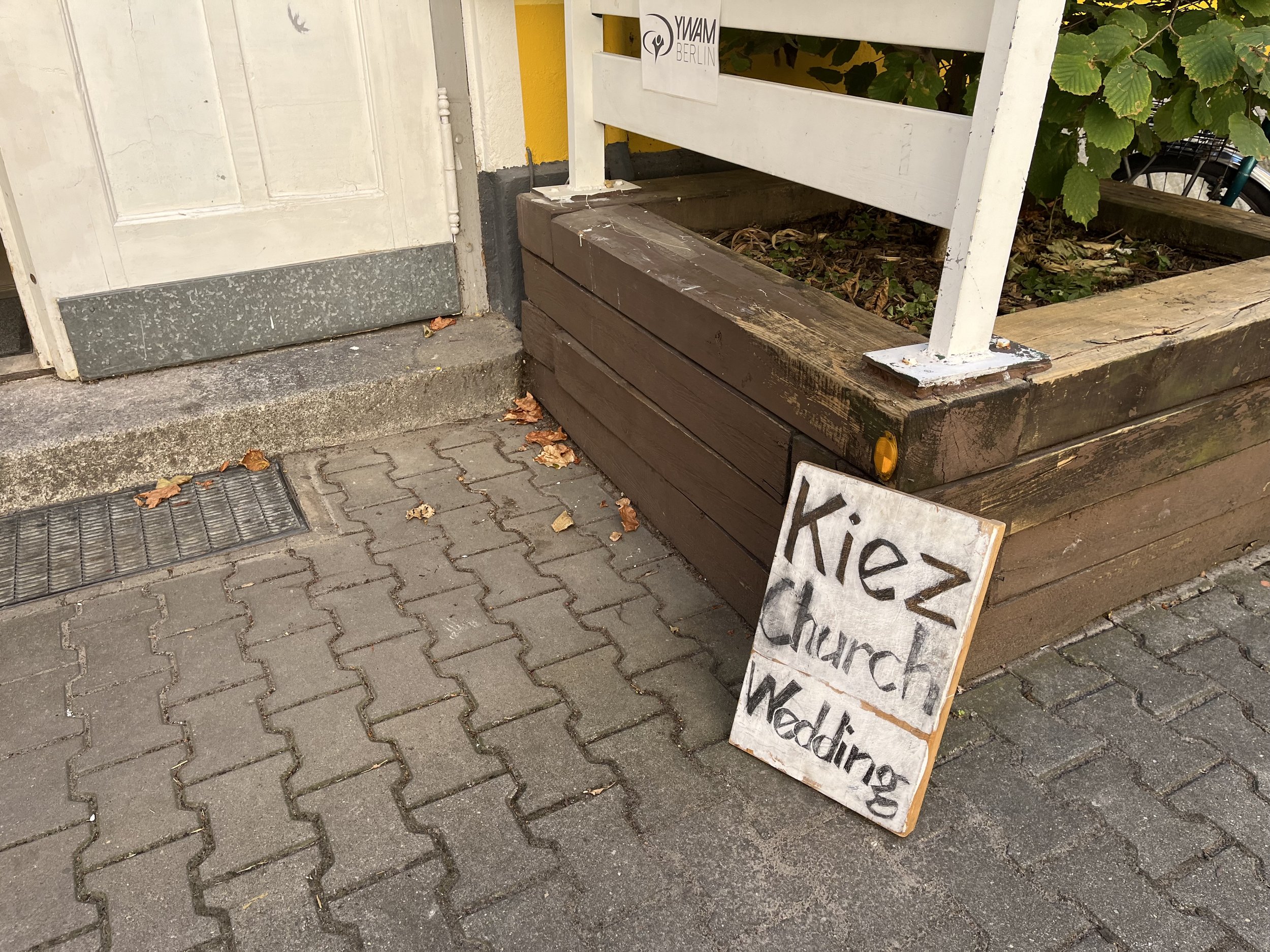It’s Saturday night and you’re looking for jazz in Germany’s capital. You could catch an after-midnight jam session at A-Trane in Charlottenburg, get cozy in the stylish, intimate ambience of the Zig Zag Club in Friedenau, or catch a solo saxophonist serenading the crowd at Berlin’s oldest jazz club, Quasimodo.
And there’s one more option: You could wait until morning and go to church in the Wedding district.
One part church plant, one part jazz project, Kiez Church (Neighborhood Church) in the multiethnic district of Wedding is led by Ali and Rich Maegraith, Australian missionaries who say they want to bring the gospel to the cosmopolitan city’s art scene.
Berlin is a magnet for musicians—a place to connect and prove your chops. The German capital is a hub for many different European music scenes, from electronic dance to Afropop, classical to klezmer, and attracts creative people from all over.
The Maegraiths, who moved to Berlin in 2015, say that’s their in. The music provides them with evangelical opportunities. Rich, a professional jazz musician, and Ali, a vocalist and songwriter, moved to the city to serve with the European Christian Mission agency.
“We’ve met many people through jam sessions, performances or just busking on the streets,” Ali told CT. When they first arrived, Rich said he would go to jam sessions every night, all over the city. “In Berlin, the jazz scene is already a community, where people will play and hang out together until the early hours of the morning,” he said, “they even call it ‘jazz church.’”
Berlin’s nightlife is more readily associated with techno and punk, but it also has a long, historical relationship with jazz. The improvisational, syncopated music first came to the German capital at the end of World War I, when it was warmly received by the post-war population of the Weimar Republic.
When the American-born French singer and dancer Josephine Baker visited Berlin in 1925, she found the city dazzling with a vibrant jazz scene. Her performances were received with warm adulation. And popular acts like Louis Armstrong and Duke Ellington took the city by storm at a time when it was the third largest metropolitan area in the world by population.
Nazis put an end to jazz when they took control, but the music came back with the American victory in World War II. Soldiers stationed in the city brought the music of Tommy Dorsey, Benny Goodman and Miles Davis with them. This time, jazz stuck.
Today, Berlin is one of the best places in Europe to hear a live jazz show. And one of the places you can do that is at Kiez Church Wedding.
